Disclaimer: This blog post contains affiliate links. If you make a purchase through these links, I may earn a small commission at no additional cost to you. Learn More. Thank you for supporting our garden community.
Foraging for Wild Apples in Late Summer
Last Updated: August 7, 2024
Wild apples, unlike their cultivated cousins, offer a unique adventure into the world of foraging. Each bite is a taste of history and biodiversity. From the rosy-hued American crabapple to the delightful Malus fusca of the Pacific Northwest, foraging for wild apples is an enriching experience for nature enthusiasts and culinary adventurers alike.
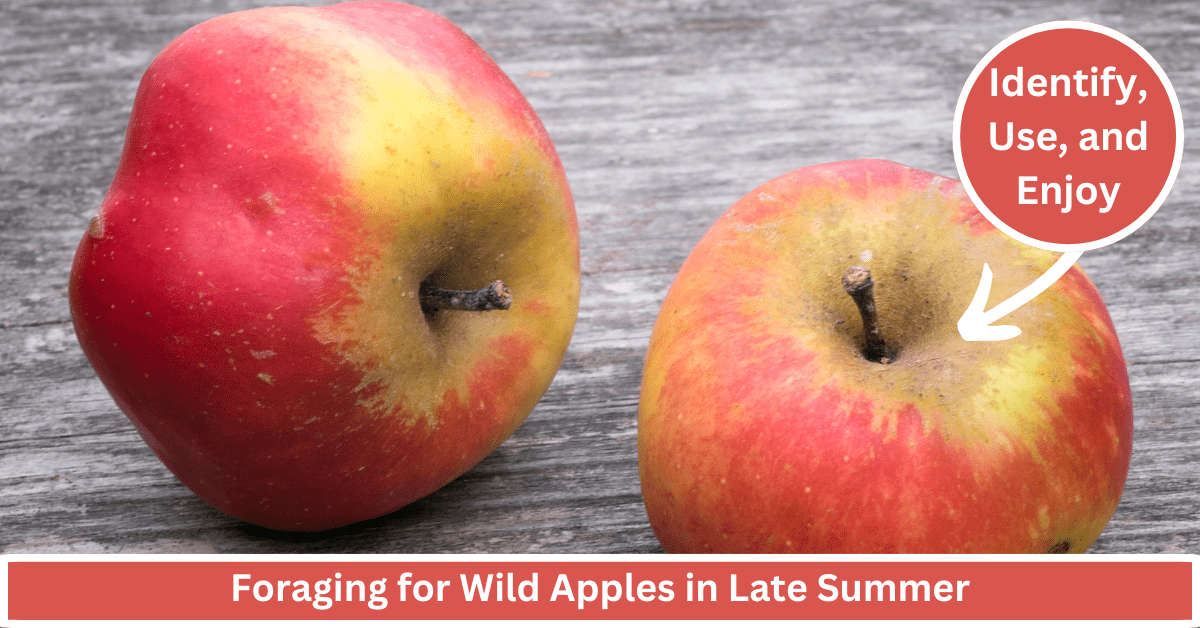
Foraging for wild apples offers a unique blend of adventure, culinary experimentation, and a deeper connection with nature that store-bought apples simply can’t match.
As you venture into wooded areas, the variety of apples you’ll come across can be truly astonishing, with each type offering its own distinct flavors and uses.
This journey not only allows you to enjoy fresh, organic fruits but also invites you to become part of the cycle of local ecosystems, fostering a sense of stewardship for the land. Moreover, engaging in the practice of foraging can also serve as a delightful educational activity.
As we delve deeper into the nuances of identifying, harvesting, and utilizing wild apples, you’ll discover that each apple holds not just unique flavors but also stories and histories waiting to be uncovered.
Foraging for Wild Apples
Here’s what you will learn from reading this article in full:
- Wild Apple Identification: You will learn how to identify wild apple trees and distinguish their fruits. This post provides tips on recognizing them by color, shape, size, and taste, helping you confidently identify and pick wild apples in natural settings.
- Foraging Locations and Strategies: This guide offers insights into the best places to find wild apples, from abandoned orchards to roadside thickets. It also shares best practices for sustainable foraging, ensuring you understand the importance of ethics while foraging.
- Health Benefits and Culinary Uses: You will discover the nutritional value of wild apples, including their antioxidants and dietary fiber content. This post also explores creative culinary uses for wild apples, providing ideas for integrating them into dishes, encouraging experimentation with these naturally sourced ingredients.
- Connection to Nature and Adventure: This post highlights the enriching experience of wild apple foraging, framing it as an adventurous connection to the land and history. It encourages you to see wild apple foraging not only as a culinary venture but also as an opportunity to engage more deeply with the environment.
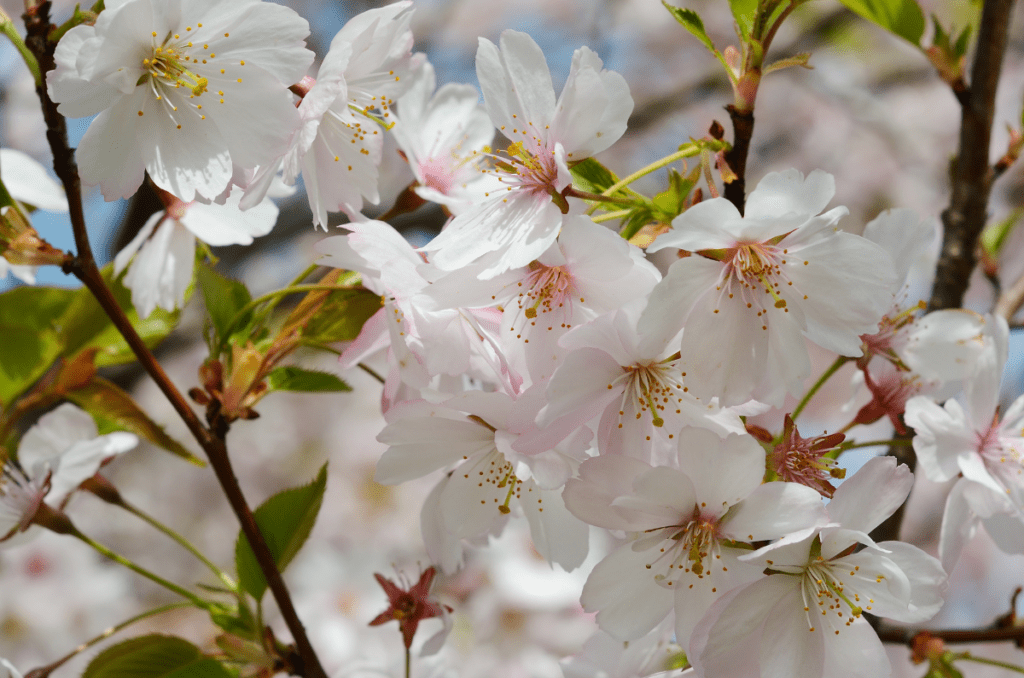
Identifying Wild Apples in the Wilderness
When it comes to identifying wild apples, there are a few key characteristics to look out for:
- Color: Wild apples can range from a deep, wine red to a soft, sunny yellow. Variations in color often indicate ripeness and flavor. For example, all wild apples will start off green and gradually turn their ripe colour (whether it’s red or yellow) when mature.
- Shape and Size: From small, marble-sized crabapples to larger, more irregularly shaped fruits, wild apples defy uniformity. This shows you the true nature of the fruits: that they are wild!
- Taste: Expect an unexpected burst of flavor. Wild apples can be tart, sweet, or even slightly bitter, perfect for homemade ciders or rustic pies. You may not enjoy them raw right away, so cooking them may be a better way to use them.
The Best Places to Find Wild Apples
The quest for picking wild apples begins in the landscapes around us. Old farmsteads, abandoned orchards, and roadside thickets in North America are just a few places where these robust trees may flourish.
Generally, where other trees survive and thrive, so will the wild apple tree. And I can almost guarantee that any given person living in eastern North America has a forest or forest-like ecosystem near them. That means that you can successfully forage wild apples!
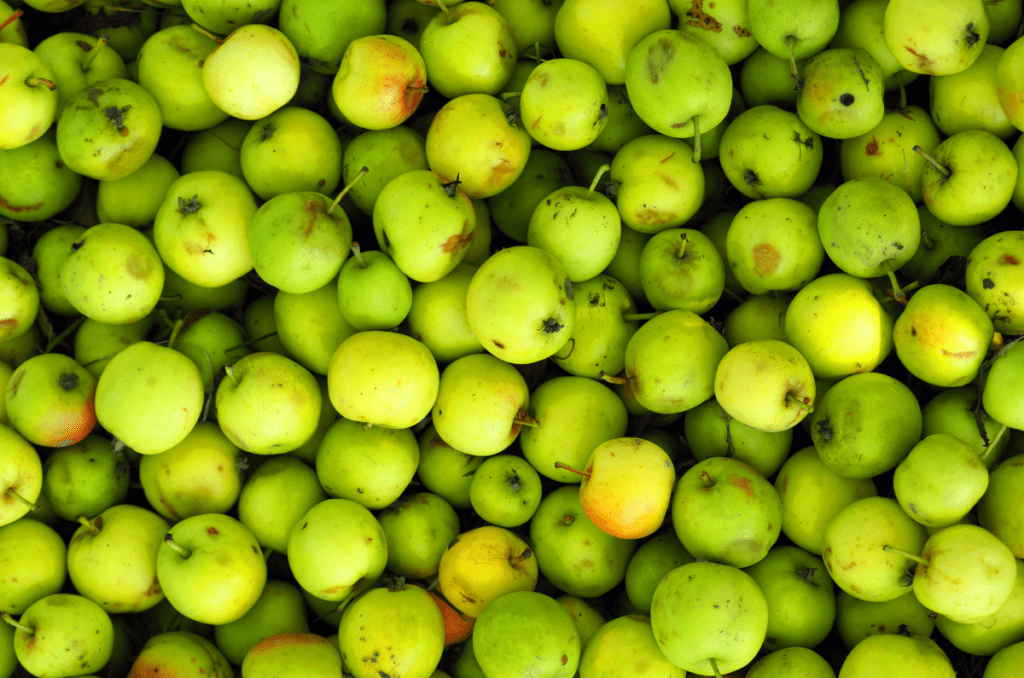
When to Harvest Wild Apples
The best time to harvest wild apples is when they are fully ripe, which typically occurs from late summer to early fall. The specific timing can vary based on the region, climate, and the particular apple variety.
It’s important to observe the fruits and sometimes taste them to check if they are ripe. Ripe wild apples are usually firm and have a fully developed color, although the flavor can range from very sweet to tart, depending on the type.
You can also check the insides of the apples: cut one open to see the colour of the flesh. If it is very light and almost white in colour, it is ready. If the colour of the flesh has a slight green tinge, it still needs time to ripen.
Foraging Ethics and Best Practices
Sustainable foraging is a responsibility every forager should embrace. We must ensure that we leave enough fruit for wildlife and refrain from harming the trees or their environment.
You are not the only one who wants the apples. Every season, many different animals and other creatures rely on these fruits to survive. So consider this when foraging in nature.
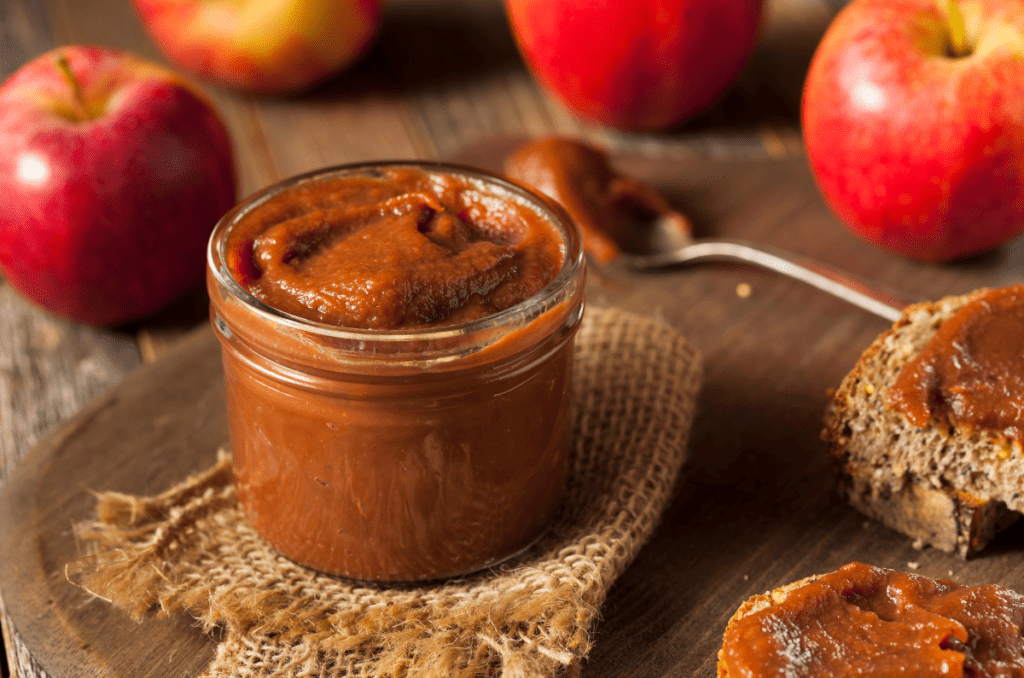
The Benefits of Wild Apples
Not only are wild apples a forager’s delight, but they are also packed with nutrients. Their natural antioxidants and dietary fiber make them an excellent addition to any health-conscious individual’s diet.
Here’s a creative way to incorporate wild apples into your kitchen: Check out this maple crabapple butter recipe from Forager Chef
Frequently Asked Questions
Yes, wild apples are edible! However, they are generally not as palatable as cultivated varieties. They tend to be tart and have many seeds.
Wash wild apples thoroughly in clean water, cut away any bruises or worm-holes, and peel them if preferred. Depending on personal taste, they can be eaten raw, cooked, or processed.
Keep them in a cool, dry place. If refrigerated, they can last several weeks. For long-term storage, consider canning, freezing, or drying them.
Wild apples can often be used in the same culinary applications as store-bought apples, such as in pies, sauces, and ciders; however, their flavor might be more tart or intense, so adjust recipes to your taste.
Wild apples may have a broader range of nutrients due to their genetic diversity and could be higher in certain vitamins and fibers. Their less controlled growing conditions can also mean a greater concentration of phytochemicals, which are beneficial for health.
Wild apples and crabapples are closely related and can be difficult to tell apart. Here’s a general rule:
Wild apples: Can grow into fairly large trees with fruit that may be slightly larger than crabapples.
Crabapples: Typically remain smaller and shrub-like, with very tart and extremely small fruit.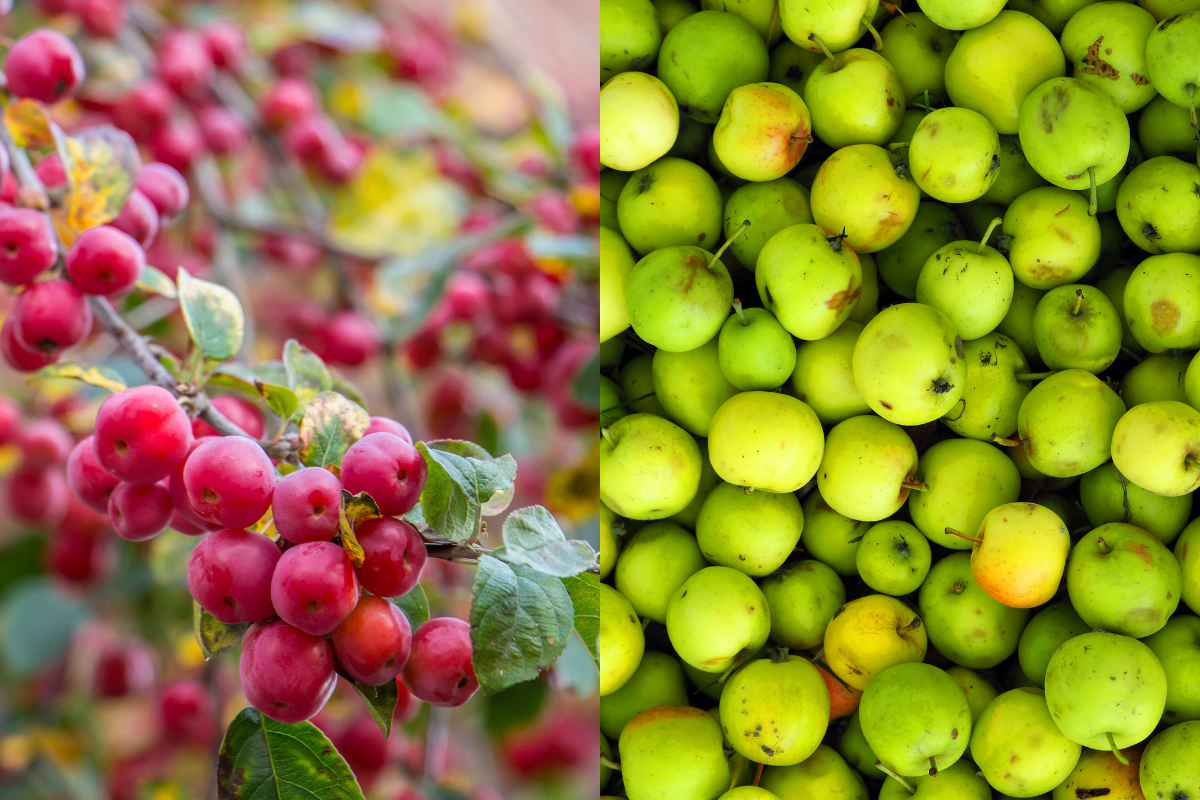
Wild apples are native to Europe and western Asia but have been introduced to other parts of the world. They tend to grow in woodlands, hedgerows, and abandoned fields.
Not always. Foraging laws vary by location. Always get permission when foraging on private property, and check local regulations concerning public lands and nature preserves.
Wild apples have a long and fascinating history! They are believed to have originated in Central Asia thousands of years ago. Over time, humans began selecting wild apple trees with desirable traits, leading to the development of the many cultivated apple varieties we enjoy today.
Even More Gardening Ideas
Here are a few more posts to get the ball rolling in your garden!
- 10 Most Fragrant Flowers for Your Garden
- How to Grow Peppers this Summer
- Companion Planting Chart PDF
Products
For all-purpose organic fertilizers, check out Arber.
To buy organic, non-GMO lavender seeds, check out SeedsNow.
For a wide selection of perennial garden plants, check out Nature Hills Nursery.
For gardening equipment, check out Bootstrap Farmer
Conclusion
Bringing a wild apple into your kitchen is more than just a culinary venture; it’s a connection to the land and its history. In our blog, we’ll guide you through the exciting process of foraging, identifying, and utilizing wild apples in your cooking.
So grab your pruners, head out into nature’s playground, and indulge in the flavors of these delightful treasures that are waiting to be discovered.
If this post has helped or inspired you to go out in nature and start foraging for wild apples, then consider signing up for our email newsletters. With this, you’ll get fresh, new gardening ideas every Monday and Friday.
If you want to learn more about gardening, foraging, nature, and sustainability, check out The Real Gardener on Instagram, YouTube, and Pinterest.
Pin this post for later:
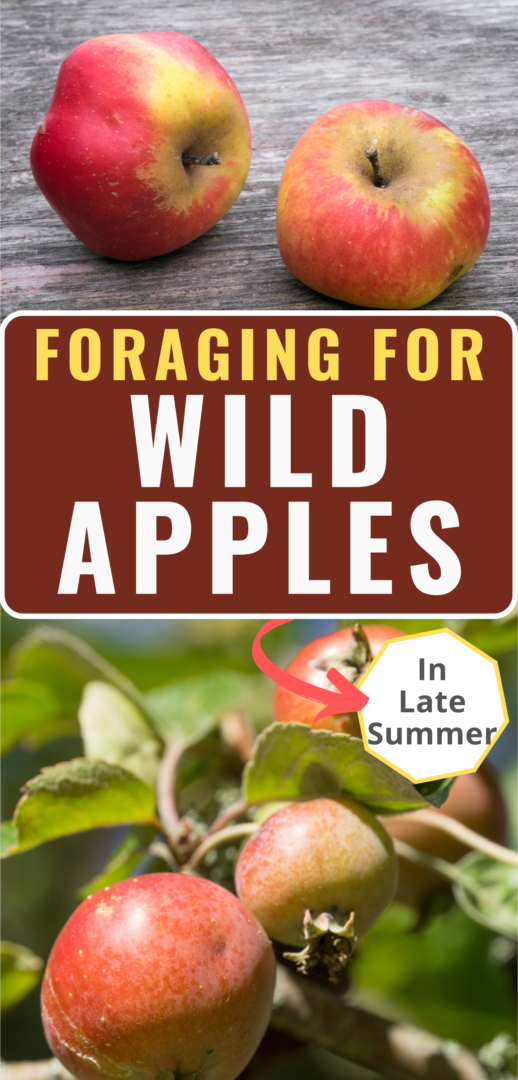
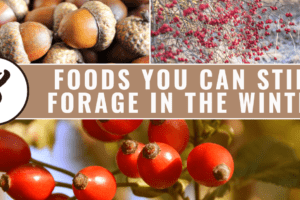
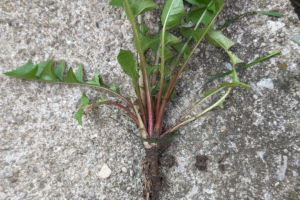
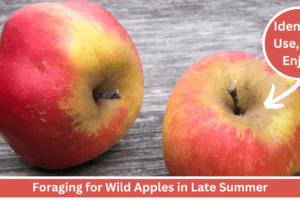
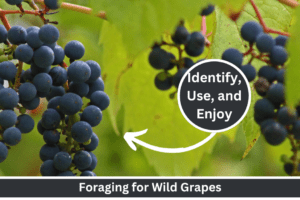
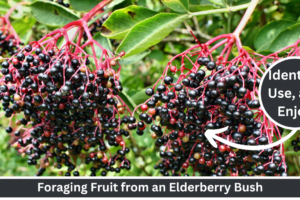
Leave a Reply